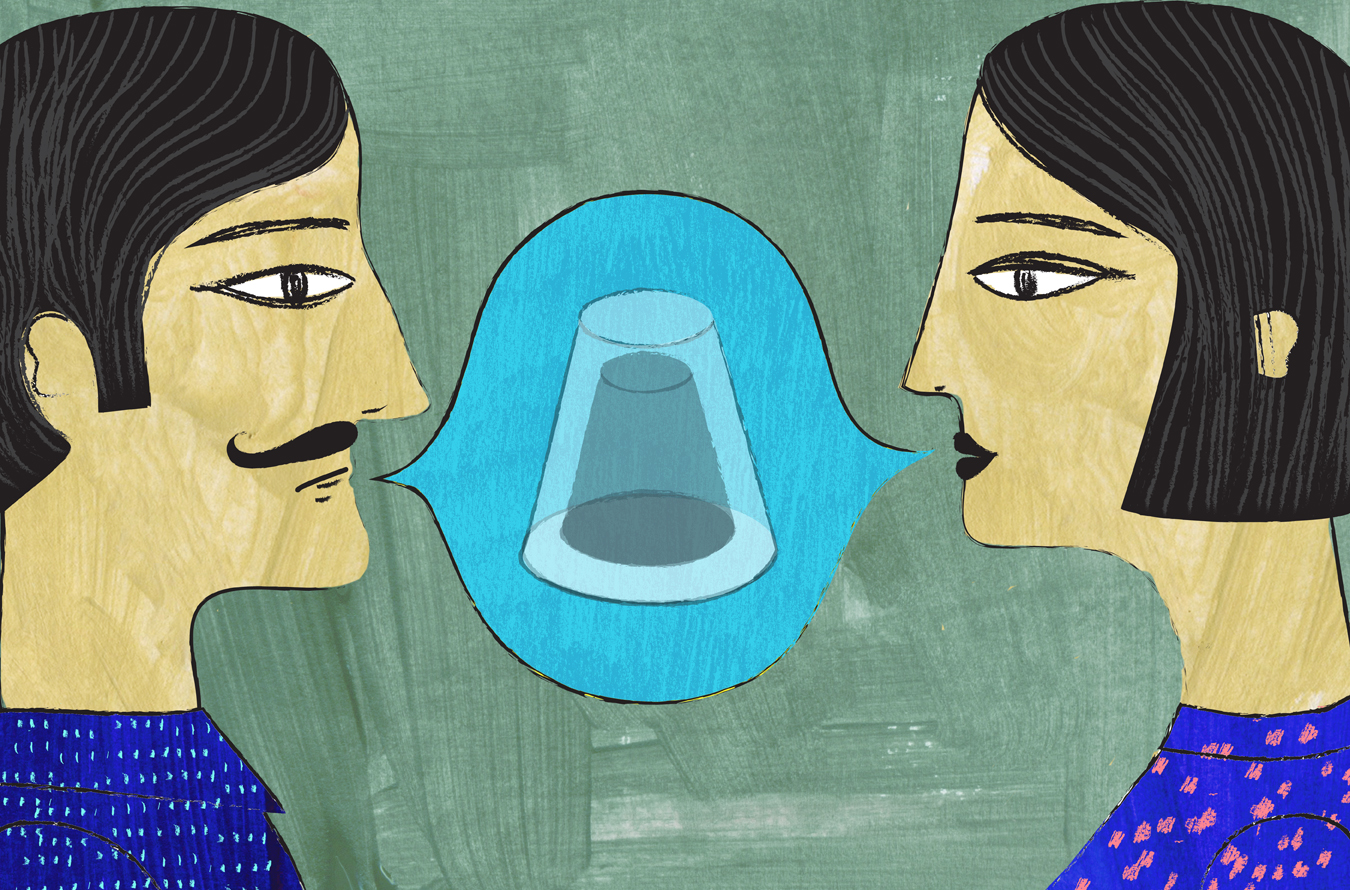Conversation Piece XII
A weekly series.

Enjoy our Sunday series, Conversation Piece, a NUVO-curated digest of things on the Internet we think you’ll want to talk about.
Indoor rainforest. Dubai has a reputation for its outlandish feats of design, from man-made islands to an indoor ski resort. Now, visitors can experience a new spectacle, in the form of the world’s first-ever, accurately-tempered indoor tropical rainforest. The 7,000-square-metre space will be located within the Rosemont Hotel and Residences Dubai, opening in 2018. Crafted to rain (conveniently around, but not on, guests) the rainforest will make all who enter feel as if they’ve been transported to a “prehistoric Jurassic-inspired marsh” (minus the dinosaur chases). A restaurant, café, and several bars will share the verdant space. Read more.
Kale trip. In her piece, “The Drug of Choice for the Age of Kale,” the New Yorker’s Ariel Levy dissects the role Amazonian plant-derived psychoactive drug ayahuasca has come to play in the modern quest for enlightenment. Increasingly trendy and notoriously intense, ayahuasca, writes Levy, is like juicing: “another Kale Age method of expedient renewal” appreciated for its efficiency—users can emerge from a single trip as beatific as if they had been practising meditation for a decade. At an ayahuasca circle in Brooklyn, Levy drinks the brew to describe the experience herself. Read more.
One less lonely giraffe. For centuries, it has been widely accepted that there exists a single species of giraffe—the long-necked, brown-spotted kind. However, a recent study published in Current Biology reveals that there are, in actuality, four different species. This discovery is not only a fodder for the creature-curious, but also a game changer for conservationists. Dr. Julian Fennessy, leader of the study, suggests that formally recognizing the four separate species would reveal just how threatened each one is, emphasizing their critically endangered state. Read more.
The downside of cannibalism. Over 50 years ago in a Papua New Guinean tribe, a mysterious illness arose. Colloquially known as “laughing disease”, it was characterized by a loss of emotional control, and was fatal. Once suspected to stem from sorcery or genetics, in fact, the illness was directly related to a tribal funeral ritual during which young women and children would cannibalize the cadaver’s organs in an effort to destroy dangerous spirits lurking within the dead. In doing so, they ingested “twisted proteins” (a.k.a. prions) that killed nerve cells in the brain. Read more.








